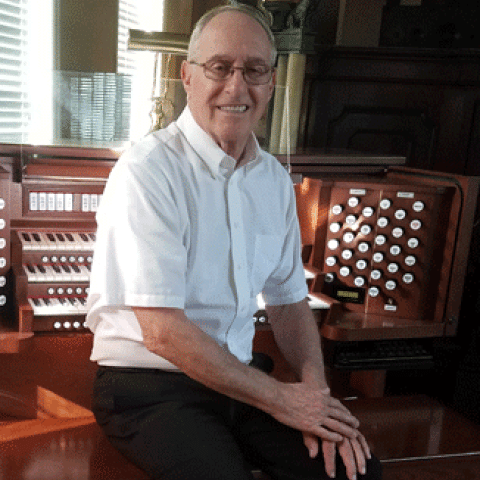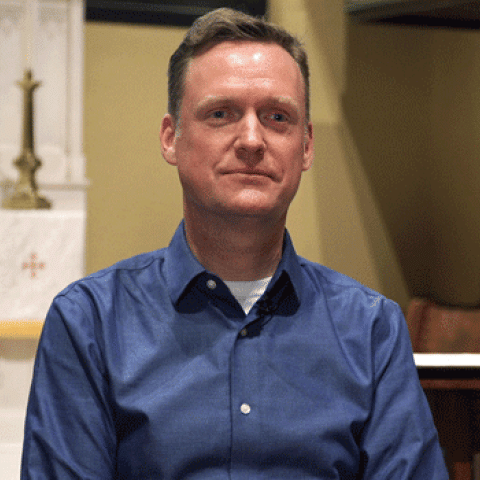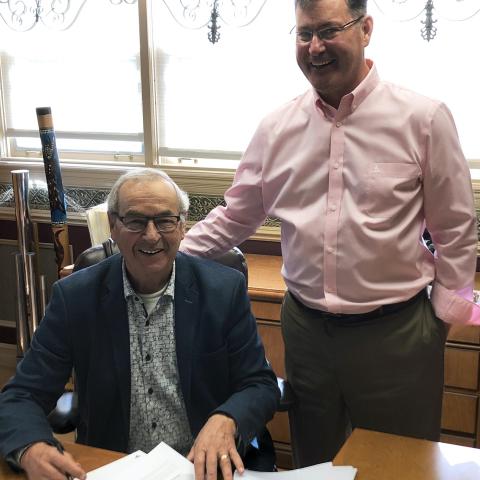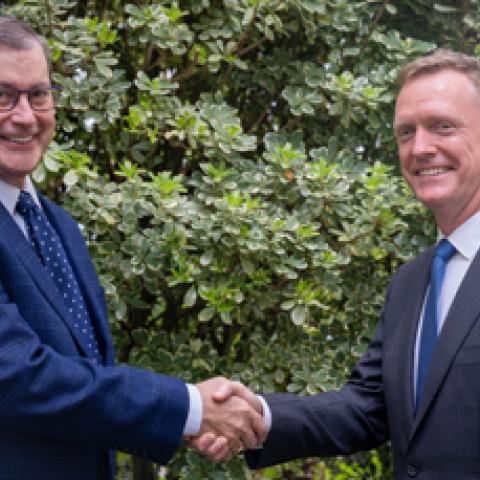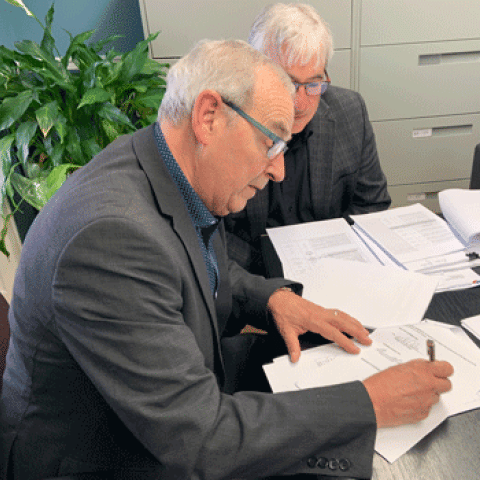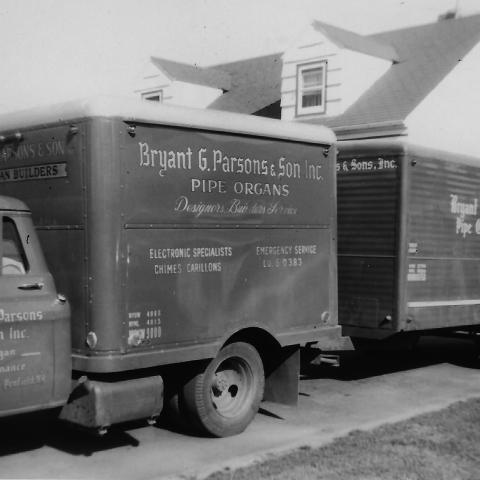
Andrew Forrest is appointed vice president of Létourneau Pipe Organs, Saint-Hyacinthe, Québec, Canada, in addition to his responsibilities as artistic director. Forrest has worked his way through the Létourneau company over the past twenty years, and this work extends to the firm’s design, construction, and sound of instruments. He is equally involved with the company’s customer care and service.
Andrew Forrest is a native of Toronto and holds a bachelor’s degree in political science from Carleton University in Ottawa. An organist, he studied privately with Andrew Teague in Ottawa and Bruce Wheatcroft in Montréal. He has served as an officer for the American Institute of Organbuilders and the Associated Pipe Organ Builders of America. For information: http://letourneauorgans.com.
Thomas R. Thomas is appointed organist and choirmaster of St. Luke’s Episcopal Church, Live Oak, Florida. Thomas began playing for church services at age 13 and is from Philadelphia, Pennsylvania, where he was educated and served several historic churches. He held the post of assistant organist at the Church of Bethesda-by-the-Sea, Palm Beach, Florida, at the age of 16. Upon his return to Florida, he was director of music for Royal Poinciana Chapel, also in Palm Beach, for ten years. During this time, he designed the original Austin Organs, Inc., Opus 2685 (now Opus 2685-R of 104 ranks). He invited his long time friend, Virgil Fox, to be artist-in-residence at the chapel. During the installation of the organ, he was appointed by the late Donald Austin to represent Austin Organs in Florida and Georgia. His organ design and restoration work is mentioned in periodicals and books. The original specification and proposal for the new 109-rank Austin at Bethesda-by-the-Sea was conceived by Thomas. He resides in McAlpin, Florida, with his partner.

